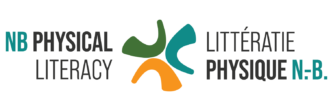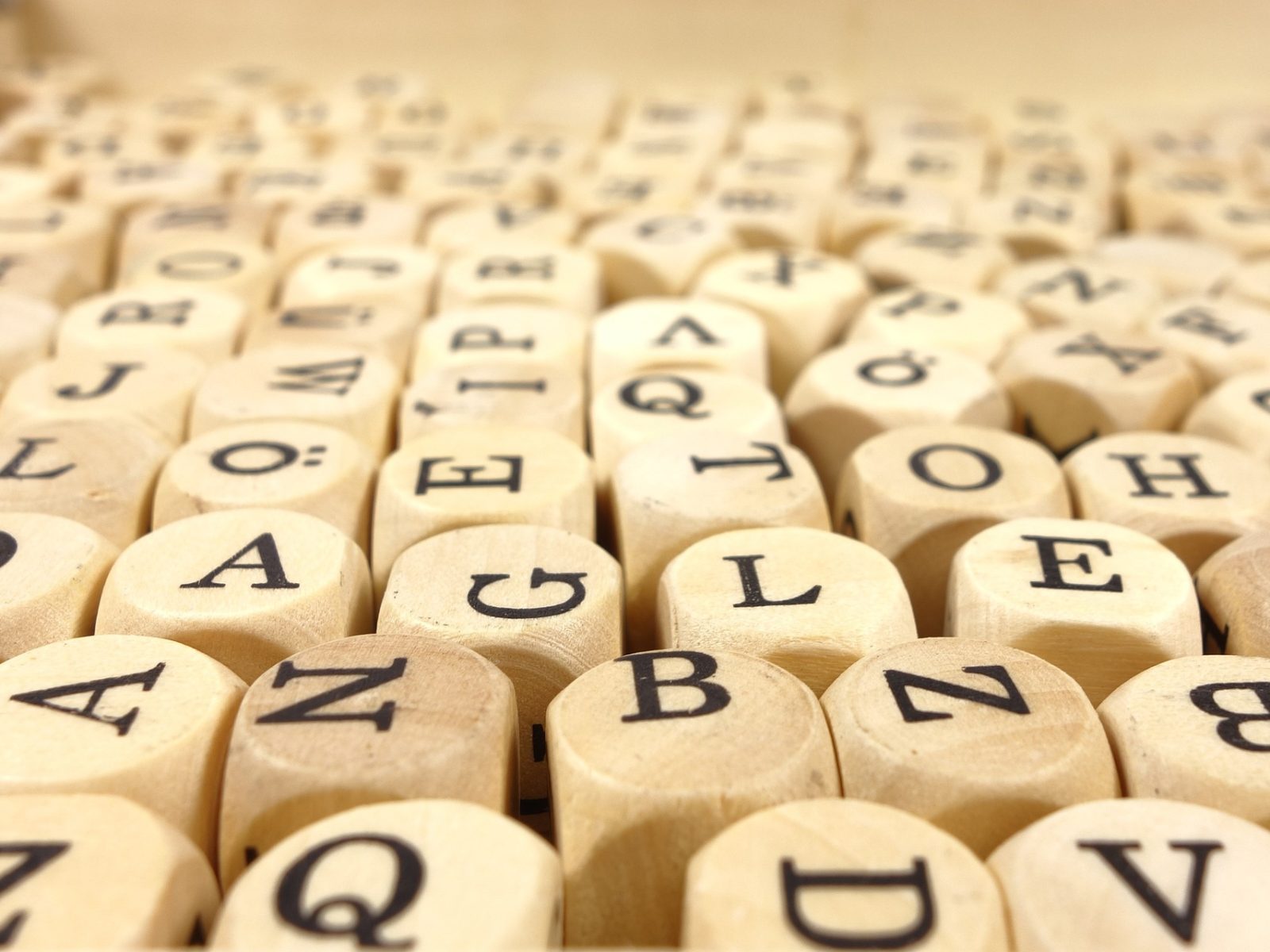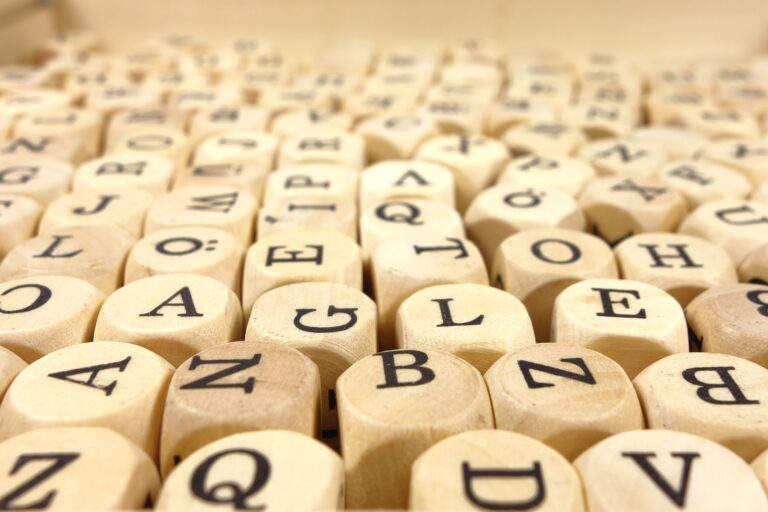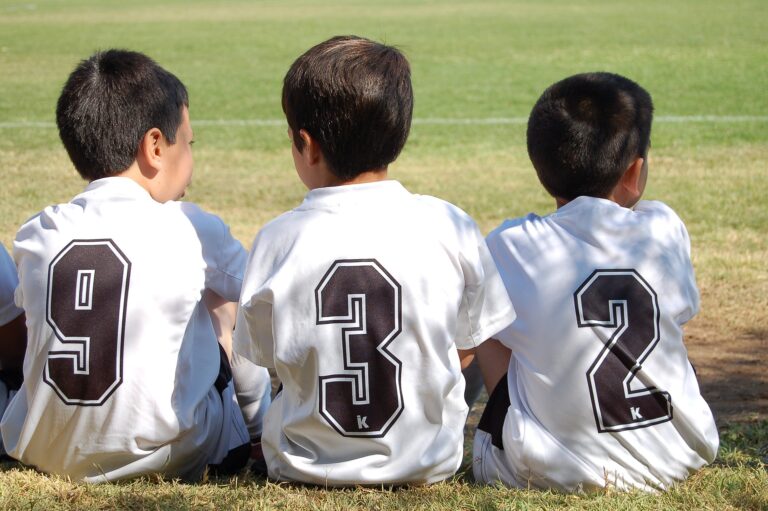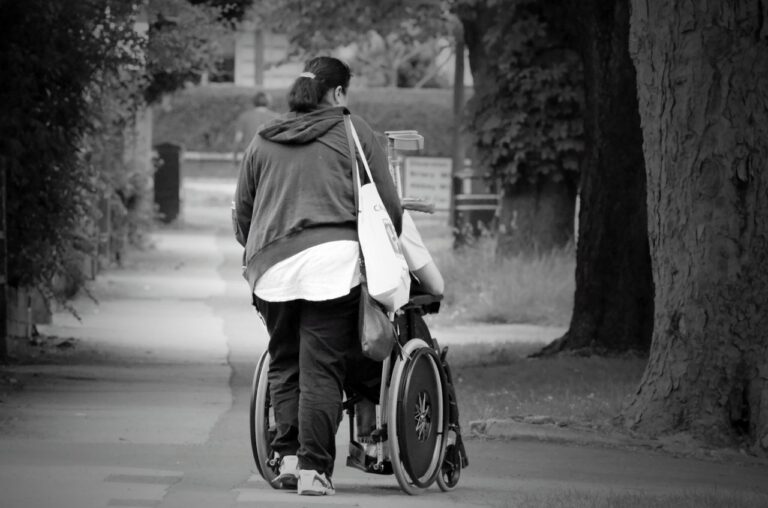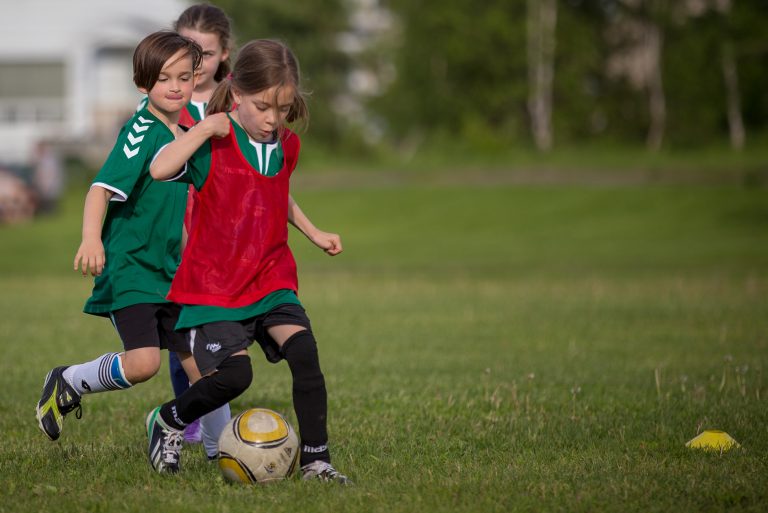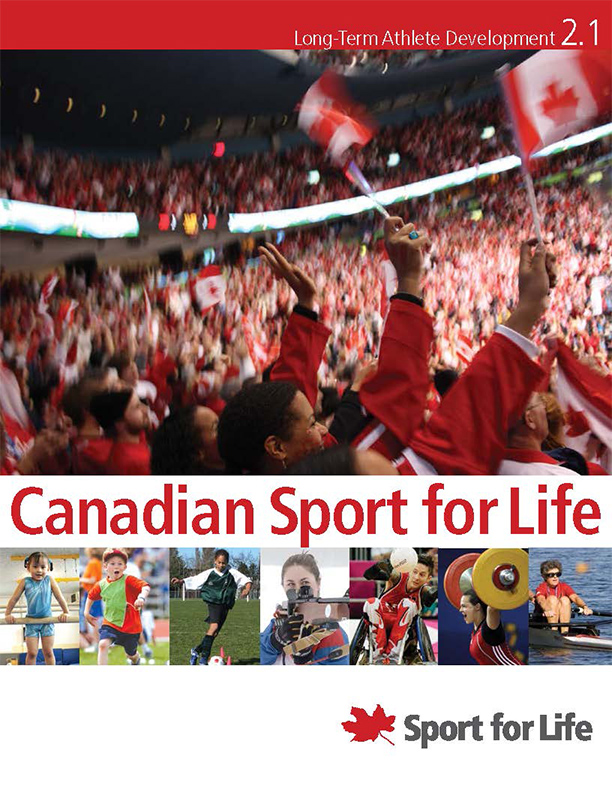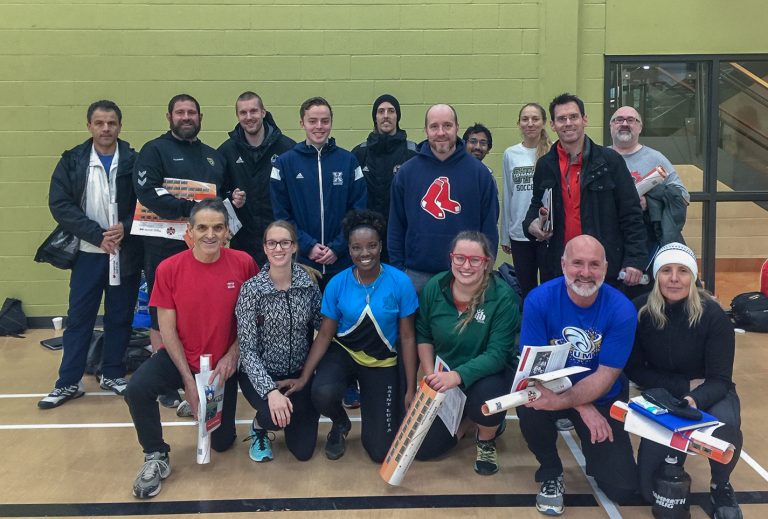Did you know that the ABCs of physical literacy refers to four fundamental capacities that support human movement? Jim Grove describes the four capacities as agility, balance, coordination, and speed. Each of these is necessary to develop fundamental movement skills, which form the foundation of physical literacy. You might be wondering what each of the capabilities means.
Agility is our ability to adjust our physical position quickly. It relies on all the ABCs (balance, coordination, and speed).
The definition of balance is “keeping your body’s centre of gravity in line with your base of support.” Your base of support is your feet or hands on which you stand. There are two types of balance: static and dynamic. Static balance occurs when you are in a stationary (non-moving) position. Dynamic balance refers to maintaining your balance while moving. Running and dancing are two examples of this.
Coordination occurs when multiple parts of our body work together and produce actions such as walking or running. Our bodies are constantly adjusting in response to sensory feedback during these movements.
Speed is the rate at which you can move your body, or parts of your body, within specific movement tasks. In a physical literacy context, speed is how quickly you can skip rope.
Any of these systems can impact someone’s physical literacy if it is underdeveloped or compromised. The ABCs are all essential for a child’s development of fundamental movement skills. Look at the linked article to learn more about each ABC, how it works, and how it relates to physical literacy. Happy reading!
